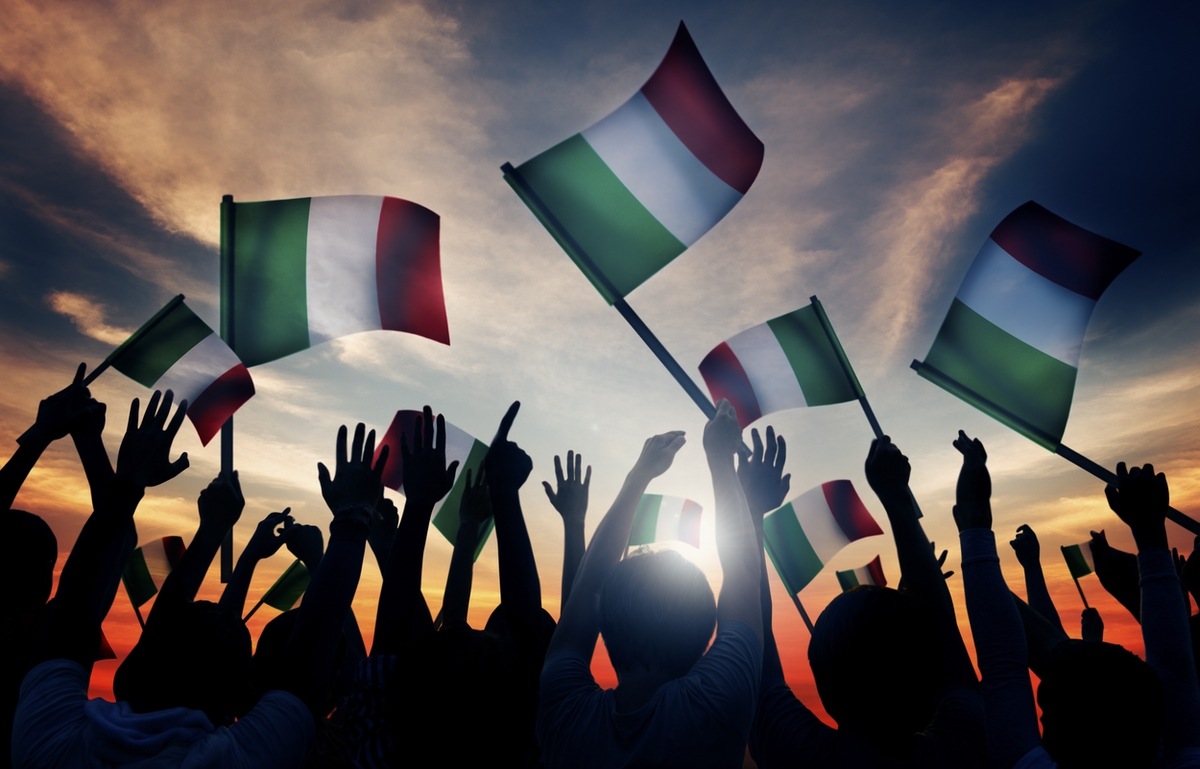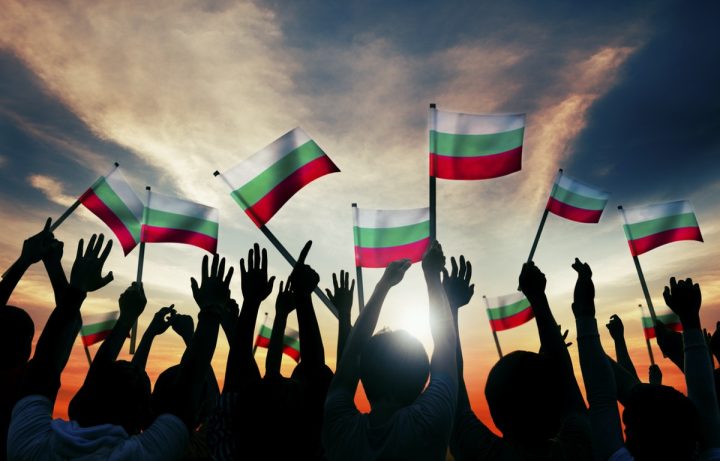European e-commerce overview: Italy
Written by
Kinga EdwardsPublished on
The latest trends and insights in Italy’s e-commerce landscape are here. Explore market dynamics, consumer behavior, and growth opportunities in this sector!

The European e-commerce market has been experiencing significant growth, with projections indicating it could reach approximately $900 billion by 2028. This expansion is driven by high e-commerce penetration in leading economies and the rapid development of markets in Southern and Eastern Europe.
So, including Italy.
Italy borders the Vatican, San Marino, Slovenia, Austria, France, and Switzerland. It’s composed of 20 regions (regioni). These regions are further subdivided into 107 provinces (province) and 7,904 municipalities (comuni).
But what makes Italy a rising star in Europe’s e-commerce scene?
While giants like Germany and the UK often steal the spotlight, Italy’s digital marketplace is carving out its own story. It’s moving more and more into the online world and slowly disconnecting from brick-and-mortar stores.
From fashion and food to furniture, the Italian e-commerce market is proving that tradition and innovation can thrive together.
Ready to explore how Italy’s e-commerce is joining the European e-commerce landscape?
Let’s start with a quick overview!
Italy e-commerce overview
The Italian economy has progressed in past years, but almost everyone remembers how this country suffered when Coronavirus walked into it. Italy was the first European country to experience the Pandemic so much. As a result, it served as a test for assessing the organizational structure related to e-commerce. But as we can see, this country is recovering from the crisis quite quickly and hasn’t said its last words yet.
So, how does e-commerce in this country look now?
Let’s be clear: Italy isn’t leading Europe’s e-commerce scene.
In 2023, online retail made up just 12% of Italy’s total retail market, with projections suggesting a rise to 17% by 2028. Moreover, Italians have a deep-rooted love for in-person shopping, and still, 26% of customers want to shop mostly through physical stores.
Despite that, Italy is the fifth-largest e-commerce market in Europe and the 13th-largest globally. And – it couldn’t be more different – it’s literally predicted to grow:
Taking another point of view, Statista says that Italy’s market is projected to reach approximately $64.18 billion in 2024. With an anticipated annual growth rate of 9.94% over the next five years, this culturally rich district aims for $103.10 billion by 2029.
Such growth is driven by increased internet penetration, widespread smartphone usage, and a cultural shift toward online shopping. Notably, as ECDB pointed out, the Hobby & Leisure sector leads the market and is followed by Electronics and Fashion.
But there are more insights.
Italy is a frequently chosen country for cross-border shopping. More specifically, it’s in third place in Europe in this category, surpassed only by Germany and France.
Now, let’s talk about the big names shaping Italy’s e-commerce scene. According to Mordor Intelligence, heavyweights like Amazon, Shein, Esselunga, Apple, and Zalando lead the charge.
No surprises with Amazon at the top. It’s practically everyone’s go-to, whether you’re hunting for electronics, books, or even groceries. Shein, on the other hand, has a loyal fanbase among fashion-savvy shoppers, especially the younger crowd. And Esselunga? That’s your classic Italian player, blending online shopping with its well-known supermarket chain vibe. Then there’s Apple and Zalando – one’s all about premium tech, and the other keeps Italian wardrobes stylish.
Now, here’s where it gets interesting. Statista tells us that Amazon isn’t just leading. It’s dominating.
Back in March 2024, the platform pulled in 49,567 million visitors per month. Meanwhile, Subito.it, a classifieds and C2C marketplace, wasn’t doing too shabby with 17 million unique visitors. eBay? Still holding on with nearly 14 million monthly visitors.
So, yes, it’s clear Italians love a mix of global giants and local platforms.
No matter if they’re shopping for the latest gadgets or secondhand gems. Italy’s e-commerce market just has a bit of everything – big brands, local stars, and plenty of action.
Going further, the integration of advanced technologies, such as artificial intelligence, is expected to slowly transform Italy for the better, reshape its internal processes, and even create new business models. And with the Italian government’s initiatives, like the National Recovery and Resilience Plan, which promote digitalization and innovation within the economy, the country will make noise not only in Europe.
To summarize a bit: while Italy’s e-commerce market has its complexities, the combination of technological advancements, changing consumer behaviors, and supportive government policies indicates a promising future.
Consumer behavior in Italy
Italian consumer behavior in e-commerce is a mix of steady growth, digital transformation, and evolving preferences. Let’s break this down.
Italians are warming up to online shopping, but offline retail still holds the majority. In 2024, 14.9% of sales happen online, a jump from 6% in 2018. The trend continues upward, reaching 21.2% by 2029. Still, traditional shopping habits remain strong, particularly among older consumers or those in rural areas.
User penetration for 2024 is 39.7% – that’s how many Italians shop online, but this number is expected to rise to 45.6% by 2029. As we have said before, categories like Hobby & Leisure, Electronics (22%), and Fashion attract the most buyers, reflecting diverse interests. However, Statista shows that when it comes to average revenue per user, Fashion definitely dominates the rest of the categories. Moreover, other categories, such as Beauty & Personal Care or Household Essentials, are coming to the fore.
When it comes to income, high-income earners account for 36.4% of online shoppers, followed closely by low-income earners at 33.1% and medium-income at 30.6%. This highlights that e-commerce in Italy appeals to all financial backgrounds, though luxury and tech products lean toward higher-income groups.
And something else worth bringing up is the turn to recommerce. Admittedly, we’ve long seen recommerce gain momentum, but just look at what’s happening in Italy in the Fashion or Electronics sector. We have no questions. Simply put, recommerce reigns supreme.
Let’s talk about sustainability as well.
Sustainability is increasingly influencing Italian consumer choices. Approximately 80% of consumers prefer purchasing from brands with established sustainability policies. Despite this demand, less than 50% of Italian companies have invested in sustainable practices.
Yes, you see this right. There’s a gap between consumer expectations and corporate initiatives.
Payment methods in Italy
When it comes to online transactions, Italians show a preference for secure and convenient payment methods. In 2024, online payment services were more favorable than credit or debit cards.
But there’s also a growing adoption of digital wallets and alternative payment solutions. Further, PayPay’s position has strengthened even more, and in September 2024, it remained the biggest e-commerce payment brand in this country.
However, concerns about data security and privacy persist. They influence consumers to favor platforms that prioritize robust security measures.
Tip: If you want your e-commerce to have a chance to survive in Italy and even thrive, put up strong safeguards and clearly declare that you have one.
Logistic in Italy
In 2023, Italy’s logistics market was valued at around $221.12 billion and is expected to grow at a 4.7% CAGR, reaching about $335.59 billion by 2032. This growth is fueled by the e-commerce boom and Italy’s strategic spot in Europe.
What are some opportunities and threats in this area for 2025?
The top opportunities:
- E-commerce expansion. With online shopping becoming the norm, there’s a big demand for efficient delivery services, like same-day delivery or last-mile delivery. Companies are investing in solutions like drones and smart lockers to keep up.
- Sustainability push. Green logistics are in vogue. Firms are adopting eco-friendly practices, such as electric vehicles and sustainable packaging, to meet environmental goals and appeal to eco-conscious consumers.
- Tech integration. Digital tools like IoT and blockchain are enhancing supply chain visibility and efficiency. Automation in warehouses is also on the rise. After all, it can streamline operations and cut costs.
Any challenges?
- Regulatory maze. Navigating Italy’s complex regulations can be tricky for logistics providers, potentially slowing down operations.
- Infrastructure hiccups. While there are ongoing improvements, some areas still face infrastructure issues that can cause delays and increase costs.
- Competitive arena. The logistics sector is crowded, with many players vying for market share, which can squeeze profit margins.
So, what’s the recipe for success?
Keep an eye on the challenges to make the most of the opportunities ahead. And stay adaptable and innovative. It’s the key to navigate the evolving landscape.
Internet users in Italy
But let’s not forget about the Internet landscape and users in Italy. It’s a crucial area where a lot happens, and it would be wise to know what’s going on there.
On average, Italians spend about 5 hours and 49 minutes online each day, with 50.8% of this time on mobile devices. This extensive online presence has naturally led to a surge in e-commerce activities. In 2023, around 38 million Italians made online purchases, marking an increase of 442,000 from the previous year. And you know what?
This trend is expected to continue, with projections from Mordor Intelligence indicating 47.01% of internet users in Italy in 2025.
The number of Italian web shoppers is constantly increasing, so are internet users too. Consumers are now more likely to make purchases on social media, leveraging social commerce.
Plus, a growing number of brands and Italian consumers are increasingly enjoying digital services and have integrated their e-commerce platforms with social media. All for consumers, so they can easily connect.
There is a huge commitment to YouTube, but do you realize how much? Well, for 2025, revenue is expected to be as high as $1,603.0 billion for this platform. In comparison, Facebook is expected to reach only $393.7 million
Over to you
Consumers are increasingly taking advantage of digital services as online marketplaces dominate Italian e-commerce. Faster networks, the use of mobile phones, the rise of social media, secure online payments – and there you have it – more and more internet users are becoming confident about buying online.
Selling in Italy is therefore worth considering for many international e-commerce retailers. After all, there are so many possibilities.
***


